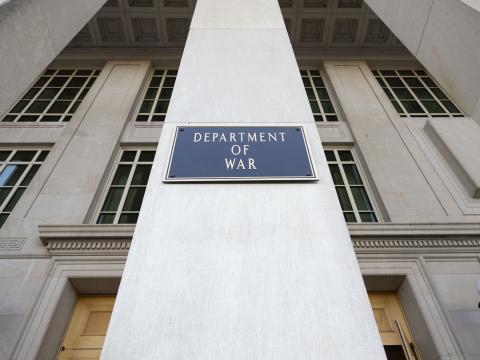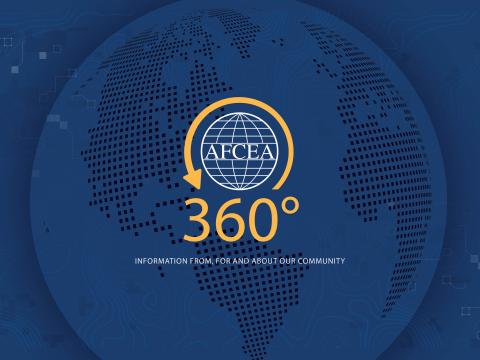U.S. Intelligence and Presidential Transition: Time for Change?
Late in 2014, I drafted an article titled “The U.S. Intelligence Community of 2025: Smaller by Design?” The question mark was an important part of the title. The point was not to recommend a conscious reduction in force, but rather to suggest that such an outcome should be given consideration if it could deliver equal or greater capability along with greater agility and efficiency. I received prepublication review approval of the paper, then never submitted it for publication.
As I’ve looked at the draft from time to time, I see value in its original premises, among them that the U.S. intelligence establishment had been last reviewed after September 2001. This entailed largely a focus on counterterrorism and flush budgets, along with the consequences of dealing with legislation crafted in a post-crisis environment. However, some things have changed. Budgets no longer are flush, and terrorism is but one element in a complex set of national security issues. Only a volatile information and communications environment in which intelligence must function remains from the post-2001 matrix of transformational forces.
As we enter the last year before a presidential transition, this may be an appropriate time to consider an examination of U.S. intelligence. In looking at my 2014 draft article, I now think its focus was too narrow. It centered around only one dimension—size—and on only one possible direction: retrenchment. In the end, I may have underestimated the impact of the information environment for which I thought I had accounted.
Perhaps a reduction in bulk at the core of U.S. intelligence—in effect, a productivity enhancement related to the changed information and communications environments—should be taken into account in a transition effort. At the same time, however, another consideration should be growth, specifically, enhanced involvement of “outer circles” of U.S. intelligence capability. This would comprise the corporate and academic components of the U.S. information industry, the latter to include study centers and think tanks as well as degree-granting institutions. Granted, U.S. intelligence already maintains ties to the private sector, but a transition review should ask whether this relationship is as deep or as rich as it should be. Is too much emphasis still placed on “buying things” rather than on importing practices? Does U.S. intelligence take full advantage not just of the products of the open information industry, but also on its processes as well? (This may be an issue for government as a whole, but I cannot take on intelligence and the Park Service at the same time. Life is too short.)
The same questions could be asked of relations with the academic community, still broadly defined as above. I am not at all certain that the intelligence community should look at academic processes, many of them as sclerotic as anything found elsewhere in government, but rather on universities and other scholarly institutions as centers of expertise.
My suggestion for U.S. intelligence in 2025 is that it examine a move toward the total force concept employed by the uniformed services, involving active duty personnel plus reserve assets. The U.S. Army, for example, can enumerate its active, Reserve and Guard personnel, and describe the scheme that allots functions to each component, along with how they come together when and as needed. An intelligence analog to this need not be so robotic that we should consider “activating” the American Historical Association (there’s a thought), but about an arrangement for sharing expertise to augment the active force more regularly and more aggressively than in the past.
One outcome of this could be a reduction in core staff with a concurrent augmentation of the size of the overall force. One thing to keep in mind, again, is that thinking by analogy is always a partial effort. The concept of the total force may resemble that used by the military, but that resemblance would have limits. Efforts to press the analogy too far almost certainly would fail. This is not, after all, about calling up the 333rd Sociology Battalion for a weekend.
For reservists serving on sensitive issues, clearances will be important. However, it could be less important for experts who know that they occasionally will be asked to come to Washington to share their views on the Mexican economy, or 3-D printing or any number of topics—so many topics that the fact of U.S. government interest should be broad enough to provide security in and of itself. In this respect, strengthening ties to centers of expertise within government, but not within the intelligence community, also should be part of the total force concept. Some of this has taken place in the years since 2001, but more needs to be done.
The question mark remains in this revised title—for good reason. Transitioning in 2017 to something that looks largely like “the way we’ve always done it” almost certainly is inevitable. But that should not preclude a willingness to subject established processes and structures to continuous evaluation against a shifting external landscape. In many respects, a total force concept would serve as a next stage for the integration initiative in which the intelligence community has been engaged over the last several years—an effort that has taken advantage of both the information environment and the preferences among the current generation of intelligence professionals on how to operate within that environment. As for those processes and structures that do not fit the future landscape, perhaps 2017 is as good a time as any to furl their banners and send them on their way.
Bill Nolte is a research professor at the University of Maryland School of Public Policy.




Comments